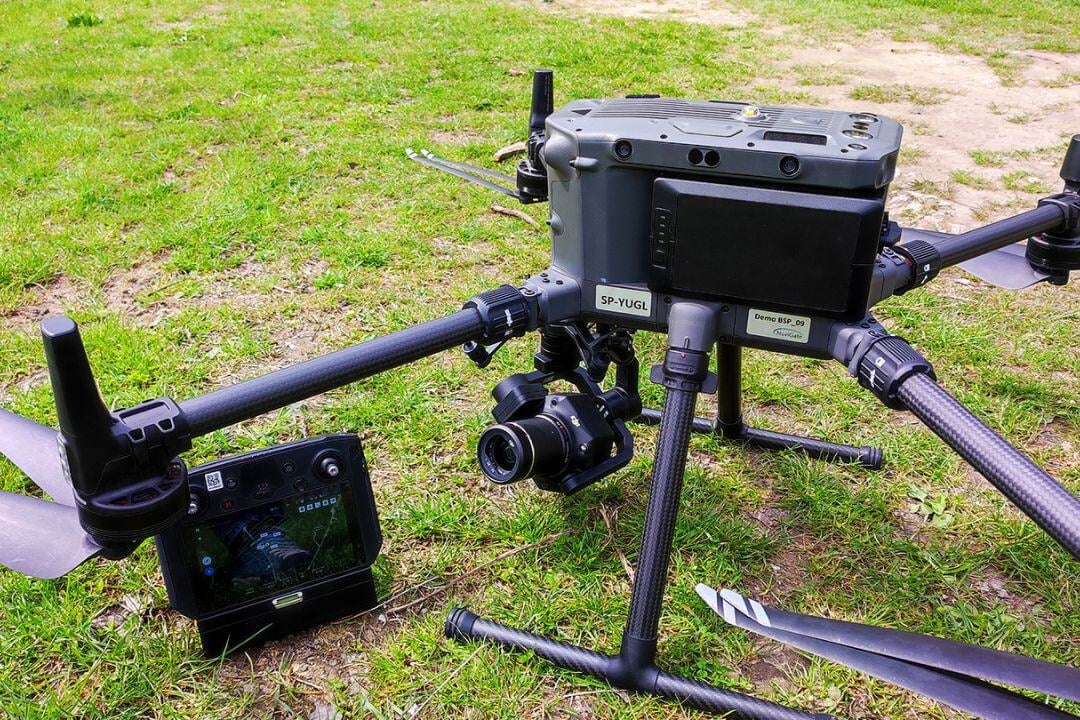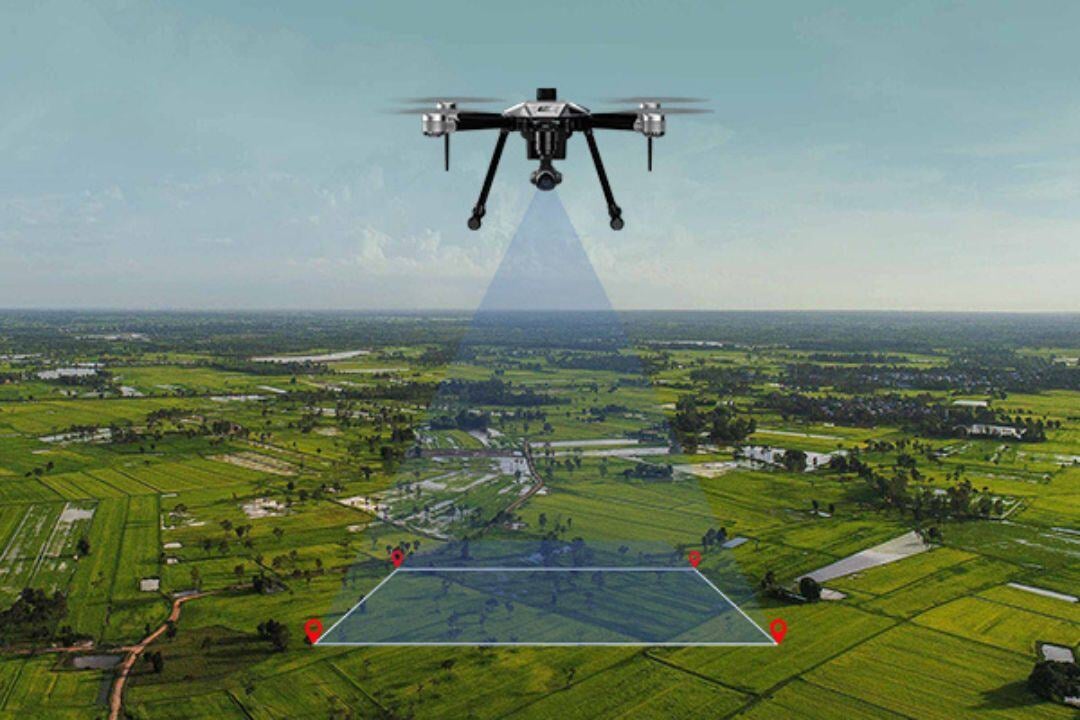Aerial Drone Platforms for Surveillance & Mapping
Advanced Unmanned Systems
Aerial drone platforms for surveillance and mapping are advanced unmanned systems that offer high-precision data collection and real-time situational awareness. These platforms are designed for a wide range of applications, including intelligence gathering, environmental monitoring, disaster assessment, and infrastructure inspection. With their ability to operate autonomously and access hard-to-reach areas, drones have become indispensable tools for modern aviation missions, enabling efficient and cost-effective operations in surveillance and mapping tasks.

Applications of Aerial Drone Platforms
Aerial drone platforms provide real-time intelligence and high-precision data collection, supporting surveillance, SAR, disaster assessment, environmental monitoring, and infrastructure inspection.
For surveillance and reconnaissance, drones monitor borders, critical infrastructure, and restricted zones, enhancing threat detection and situational awareness. In search and rescue (SAR), they use thermal imaging and GPS tracking to locate survivors, debris, or hazards in remote areas.
During disaster assessment, drones capture detailed imagery of affected zones, aiding in relief planning and resource allocation. For environmental monitoring, they track wildlife, forest changes, and erosion, providing valuable conservation data. In infrastructure inspection, drones survey powerlines, pipelines, and critical assets, generating high-precision maps for maintenance planning.
With autonomous capabilities and access to hard-to-reach areas, drone platforms enhance efficiency, accuracy, and cost-effectiveness in modern aviation missions.

Check our Completed Projects



